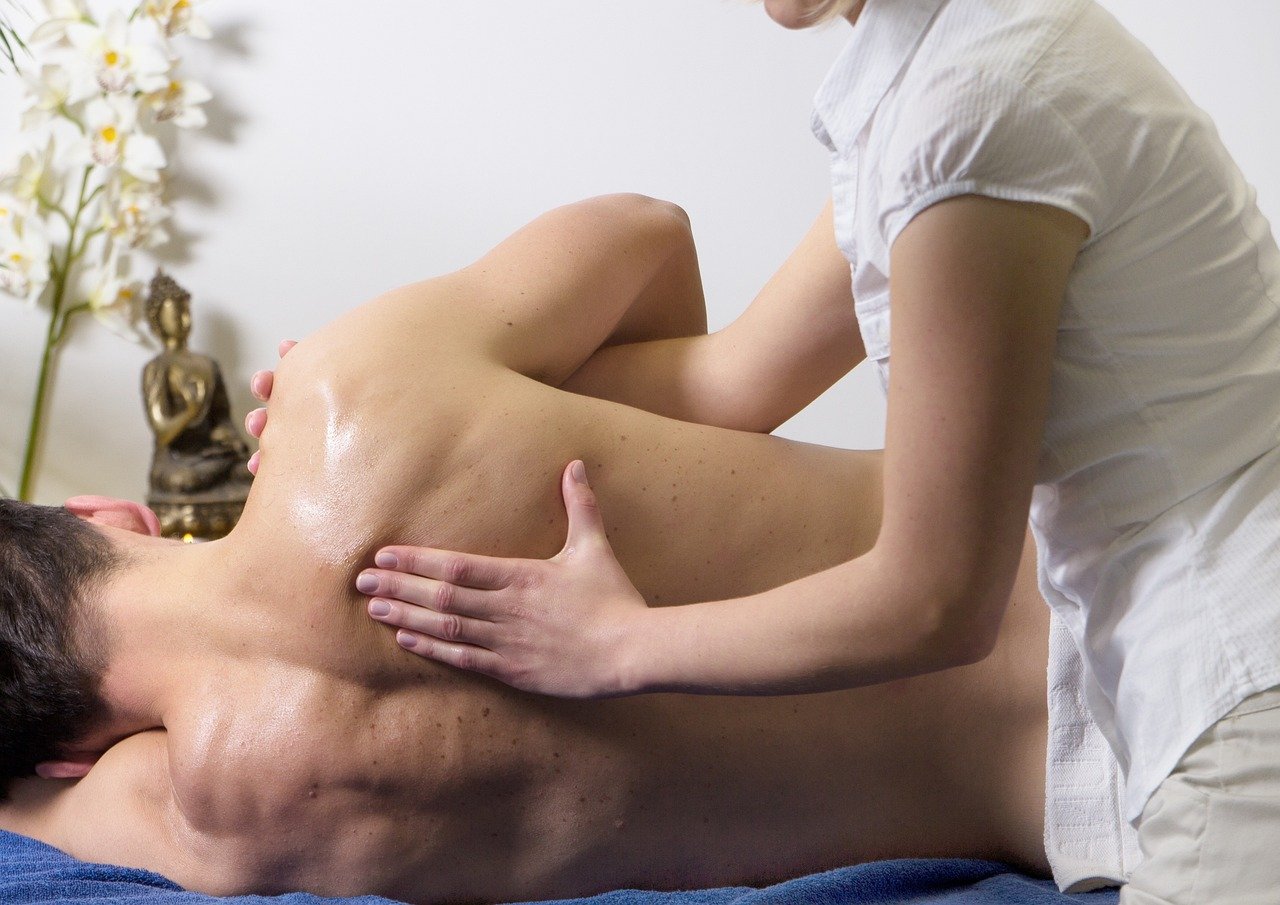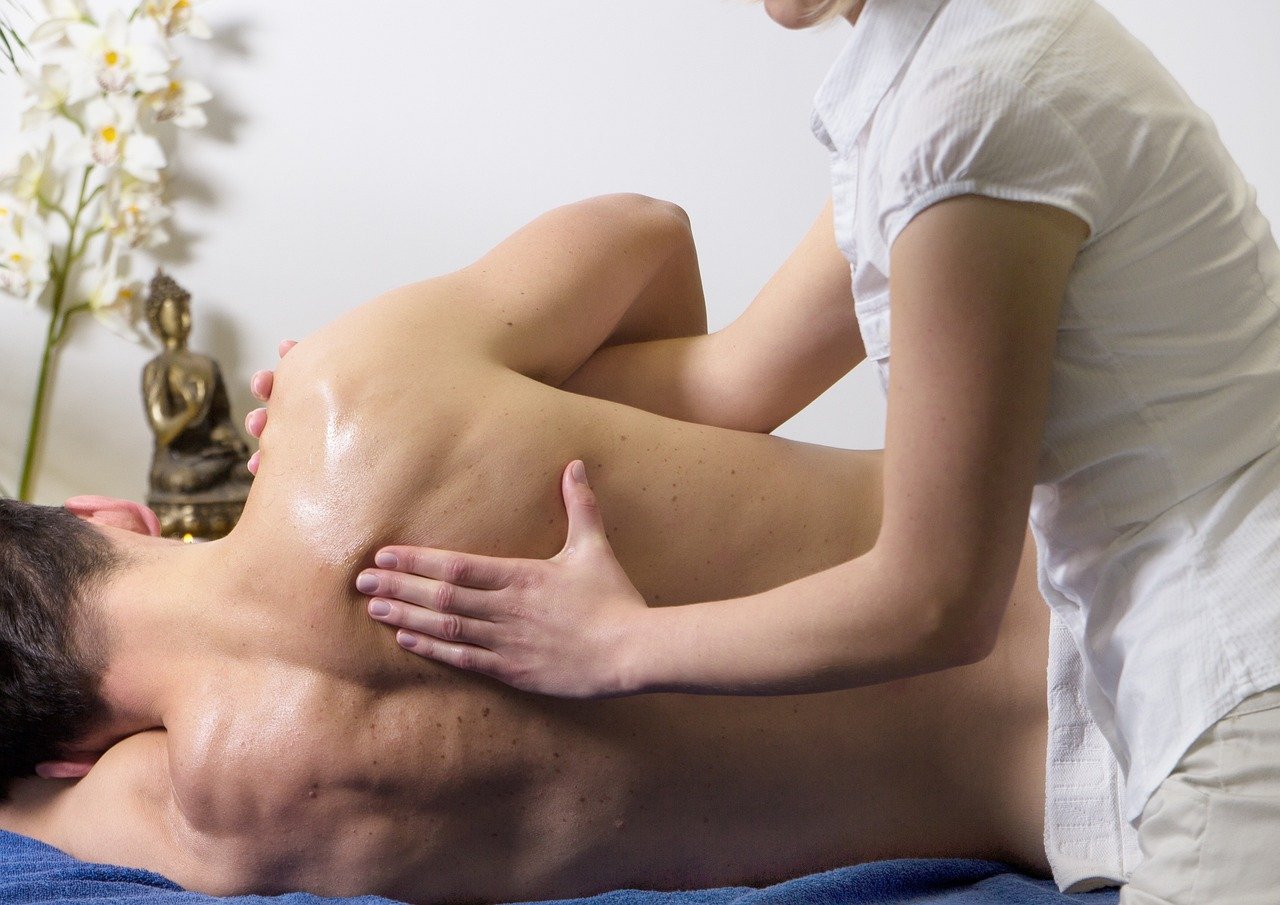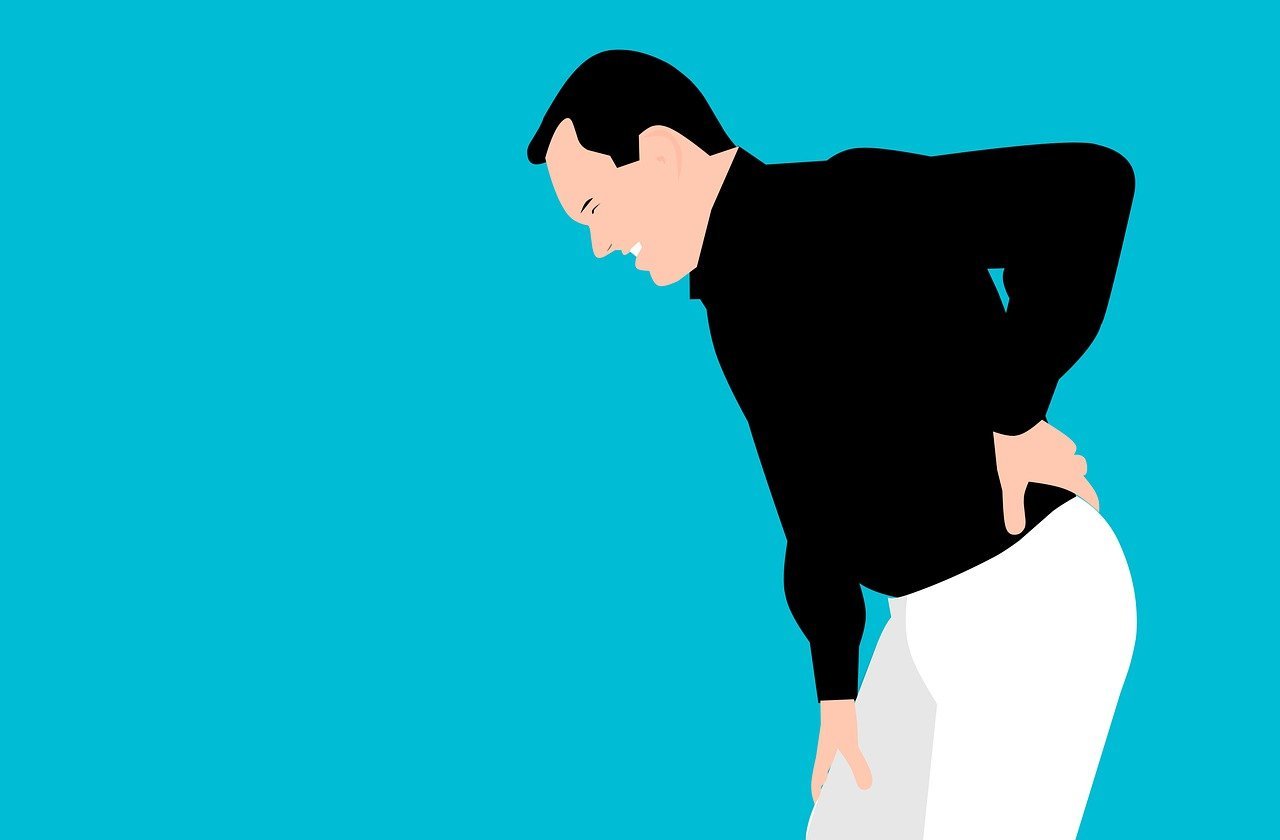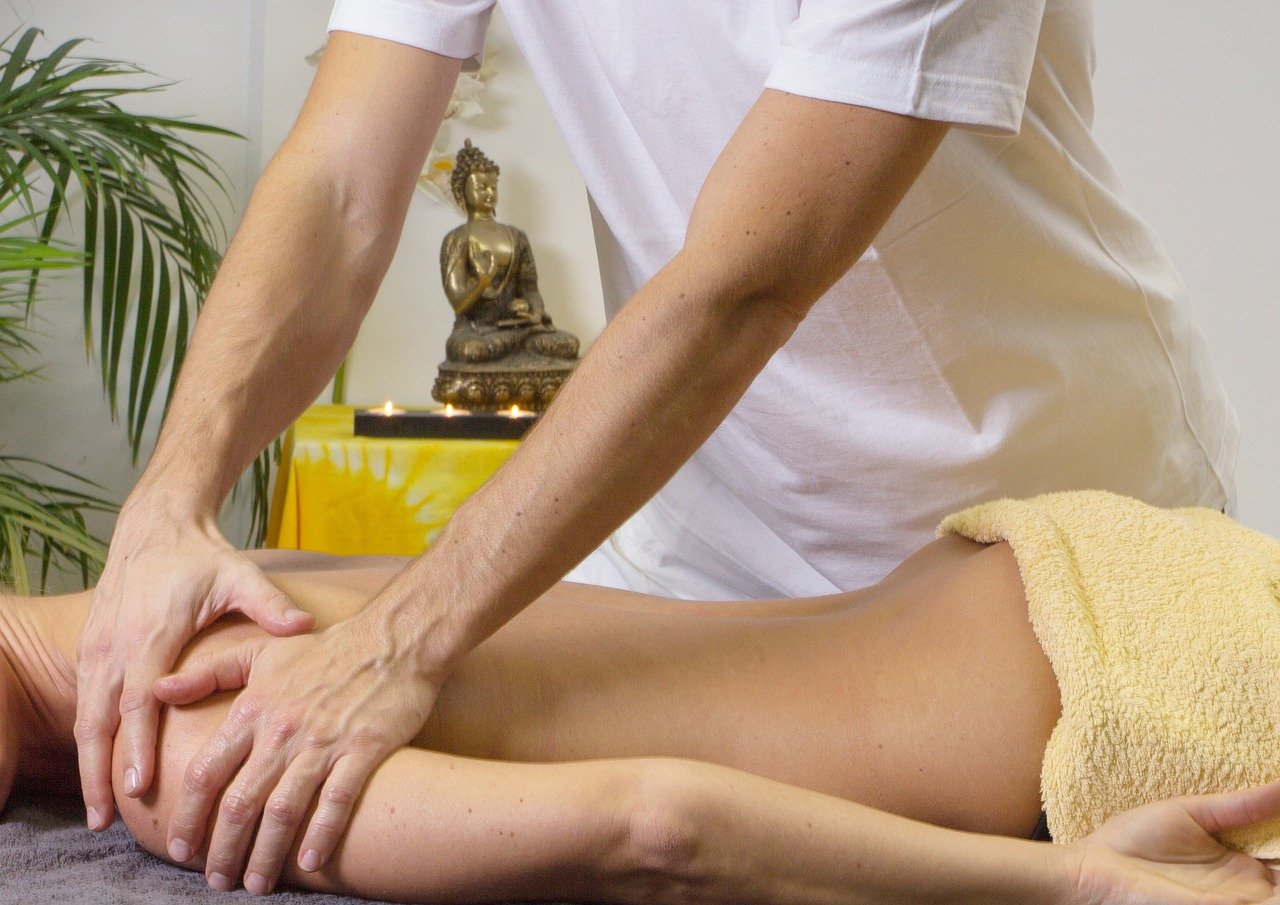
Have you ever experienced that uncomfortable twinge in your shoulder when you try to get a good night’s sleep? It can be frustrating, especially when you want nothing more than a restful slumber. In this article, we’ll explore the possible reasons behind why your shoulder may be causing you pain when you sleep. By understanding the potential causes, you can take the necessary steps to alleviate discomfort and wake up feeling refreshed and pain-free.
Common Causes of Shoulder Pain When Sleeping

Rotator Cuff Tendinitis
Rotator cuff tendinitis refers to the inflammation of the tendons in the rotator cuff, which is a group of muscles and tendons surrounding the shoulder joint. This condition often occurs due to repetitive motions or overuse of the shoulder, leading to small tears in the tendons over time. When you sleep on your side, the pressure and compression on the shoulder can exacerbate the pain caused by rotator cuff tendinitis.
Related Symptoms
Common symptoms of rotator cuff tendinitis include pain and tenderness in the shoulder, particularly when lifting or reaching overhead. You may also experience weakness and limited range of motion in the affected shoulder.
Treatment Options
Treating rotator cuff tendinitis often involves a combination of rest, physical therapy exercises, and pain management techniques. Applying ice to the affected area and taking over-the-counter nonsteroidal anti-inflammatory drugs (NSAIDs) can help alleviate pain and reduce inflammation. In more severe cases, your healthcare provider may recommend corticosteroid injections or even surgery to repair any significant tendon tears.
Shoulder Impingement Syndrome
Shoulder impingement syndrome occurs when the soft tissues in the shoulder, including the tendons and bursa, get pinched between the upper arm bone and a prominent bony structure called the acromion. This pinching can lead to inflammation and irritation, resulting in shoulder pain, especially during sleep.
Related Symptoms
If you have shoulder impingement syndrome, you may experience a dull or achy pain in the shoulder that worsens when lying on the affected side. You might also notice pain and difficulty when reaching overhead or behind your back. In some cases, shoulder impingement can cause a clicking or catching sensation during movement.
Treatment Options
Treatment for shoulder impingement syndrome often involves a combination of rest, physical therapy exercises, and pain management strategies. Your healthcare provider may recommend modifying activities that aggravate the shoulder, along with strengthening exercises to improve muscle balance and stability. In some cases, corticosteroid injections or surgical intervention may be necessary to relieve symptoms and restore normal shoulder function.

Frozen Shoulder
Frozen shoulder, also known as adhesive capsulitis, is a condition characterized by stiffness and pain in the shoulder joint. It typically develops gradually and can severely limit shoulder movement. Sleeping on the affected side can aggravate the discomfort associated with frozen shoulder.
Related Symptoms
The primary symptoms of frozen shoulder include a gradual onset of pain and stiffness in the shoulder joint. The pain can be particularly intense at night, making it difficult to find a comfortable sleeping position. As the condition progresses, shoulder movements become increasingly restricted, with difficulty in reaching overhead, behind the back, or even performing everyday tasks.
Treatment Options
Treatment for frozen shoulder typically involves a combination of pain management, physical therapy, and sometimes, corticosteroid injections. Your healthcare provider might prescribe pain relievers or recommend applying heat or cold packs to the affected area to alleviate discomfort. Physical therapy exercises aimed at improving range of motion and flexibility are crucial in restoring shoulder function. In severe cases, surgical intervention may be necessary to loosen and mobilize the shoulder joint.
Bursitis
Bursitis refers to the inflammation of the bursa sac, a fluid-filled cushion located between the tendons and bones in the shoulder joint. When this sac becomes inflamed, it can cause significant pain and discomfort, especially during sleep.
Related Symptoms
The most common symptom of shoulder bursitis is pain that worsens when lying on the affected side. The pain may also intensify with repetitive shoulder motions or when lifting objects. Swelling, redness, and tenderness around the shoulder joint are also typical signs of bursitis.
Treatment Options
Initial treatment for shoulder bursitis usually involves rest, avoiding activities that exacerbate the pain, and applying ice packs to reduce inflammation. Your healthcare provider may prescribe anti-inflammatory medications or administer corticosteroid injections directly into the bursa sac to reduce swelling and relieve pain. Physical therapy exercises can help strengthen the surrounding muscles and improve mobility. In rare cases, surgery may be recommended to remove the inflamed bursa sac.

Arthritis
Arthritis, whether degenerative or inflammatory, can cause shoulder pain during sleep. Osteoarthritis is the most common form of degenerative joint disease, while rheumatoid arthritis is a common type of inflammatory joint disease. Both conditions can lead to joint damage, pain, and limited mobility.
Related Symptoms
Shoulder arthritis typically presents as pain, stiffness, and loss of motion in the affected joint. The pain may worsen at night or when lying on the shoulder, making sleep difficult. Swelling and joint deformity may also occur in cases of inflammatory arthritis.
Treatment Options
Treatment for shoulder arthritis aims to manage pain, improve joint function, and slow down disease progression. Nonsteroidal anti-inflammatory drugs (NSAIDs) and pain relievers can be helpful in alleviating pain and reducing inflammation. Physical therapy exercises, targeted at strengthening the shoulder muscles and improving range of motion, are essential components of arthritic shoulder care. In certain cases, corticosteroid injections or surgical procedures, such as joint replacement, may be recommended to provide long-term relief.
Shoulder Instability
Shoulder instability occurs when the upper arm bone is partially or completely displaced from the shoulder joint. This can result from traumatic injuries or repeated dislocations and may cause shoulder pain, especially when sleeping on the affected side.
Related Symptoms
The most obvious symptom of shoulder instability is recurrent shoulder dislocations or subluxations, where the joint partially dislocates and then relocates. Sleeping on the affected side can further exacerbate the instability and lead to pain, causing disturbed sleep patterns.
Treatment Options
The management of shoulder instability primarily depends on the severity of the condition. Conservative treatment options include rest, physical therapy exercises to strengthen the shoulder muscles, and the use of supportive devices, such as braces or slings. In cases of repeated dislocations or severe instability, surgical intervention may be necessary to repair any damaged ligaments or tendons and restore stability to the shoulder joint.
Labral Tear
A labral tear refers to an injury to the labrum, a ring of cartilage that surrounds the shoulder joint and helps stabilize it. This type of injury can cause significant pain and discomfort, particularly during sleep.
Related Symptoms
Common symptoms of a labral tear include sharp or catching pain in the shoulder, a sense of instability, and loss of strength in the affected arm. Sleeping on the side with a labral tear can be challenging due to the pain and instability experienced.
Treatment Options
Treatment options for a labral tear may include rest, physical therapy exercises to improve shoulder stability and range of motion, and pain management techniques. In some cases, surgery may be required to repair the torn labrum or address any associated shoulder instability.
Trapezius Strain
The trapezius muscle, located in the upper back and neck, can become strained or injured, causing shoulder pain. Poor sleeping positions or excessive strain on the trapezius muscle can result in discomfort during sleep.
Related Symptoms
Symptoms of a trapezius strain may include a dull ache or tightness in the shoulder and upper back area. The pain may worsen when sleeping on the affected side and can radiate to the neck or down the arm.
Treatment Options
Treating a trapezius strain typically involves rest, applying ice or heat to the affected area, and over-the-counter pain medications. Gentle stretching exercises and physical therapy techniques can help alleviate pain and promote healing. In severe cases, your healthcare provider may recommend more targeted interventions, such as trigger point injections or specialized therapies.
Poor Sleeping Positions
Often overlooked, poor sleeping positions can contribute to shoulder pain during sleep. Sleeping in positions that place excessive pressure or strain on the shoulder joint can lead to discomfort and disturbed sleep.
Alternative Sleeping Positions
If you experience shoulder pain when sleeping, consider adjusting your sleeping position to alleviate the strain on your shoulder joint. Sleeping on your back with a pillow placed under your knees can help maintain proper alignment and reduce pressure on the shoulders. Alternatively, sleeping on the unaffected side with a pillow supporting the arm can offer some relief. Experiment with different positions to find the one that minimizes discomfort for you.
Tips for Relieving Shoulder Pain During Sleep
Besides adjusting your sleeping position, there are several additional tips that can help relieve shoulder pain during sleep. Investing in a supportive mattress and pillow can provide better cushioning and spinal alignment. Using pillows or cushions to prop up or support the affected shoulder can relieve pressure and reduce pain. Applying heat or cold packs before bedtime and practicing relaxation techniques can also help relax tense muscles and promote better sleep.
In conclusion, shoulder pain during sleep can be caused by various conditions, including rotator cuff tendinitis, shoulder impingement syndrome, frozen shoulder, bursitis, arthritis, shoulder instability, labral tear, trapezius strain, poor sleeping positions, and sleeping on the affected shoulder. Understanding the underlying cause of your shoulder pain is crucial in determining the appropriate treatment options. If you experience persistent or worsening shoulder pain, it is essential to consult with a healthcare provider for an accurate diagnosis and individualized treatment plan. Remember, taking steps to address your shoulder pain can significantly improve your sleep quality and overall well-being.





